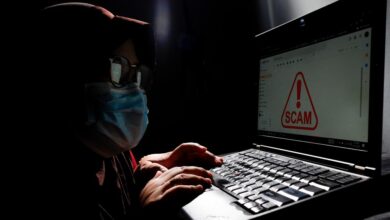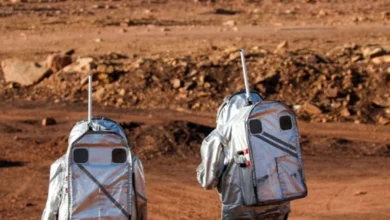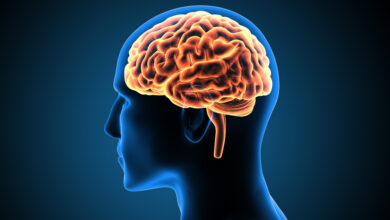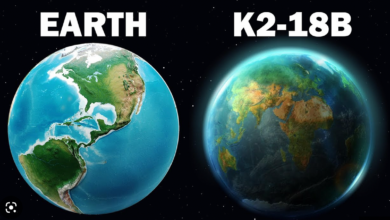Scientists resort to AI to find alien life in space
By analysing data on Martian rocks gathered by the Curiosity rover, it would search for signs of life on Mars and maybe shed light on the origins of enigmatic and old rocks discovered on Earth.
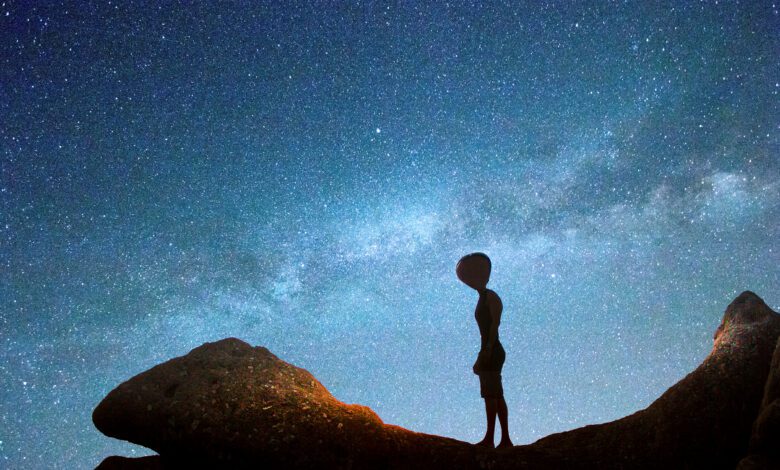
Though they don’t fully understand how it operates, scientists have developed an artificial intelligence (AI) program that can find evidence of extraterrestrial life in physical materials.
According to the scientists who developed it, the new machine-learning system can discriminate between samples of biological and nonbiological origin 90% of the time after being trained using living cells, fossils, meteorites, and lab-created compounds. But it’s still unclear how the algorithm functions within.
The new test, according to the experts, might be put to use right away. By analysing data on Martian rocks gathered by the Curiosity rover, it would search for signs of life on Mars and maybe shed light on the origins of enigmatic and old rocks discovered on Earth. On September 25, the team submitted its findings to the PNAS journal.
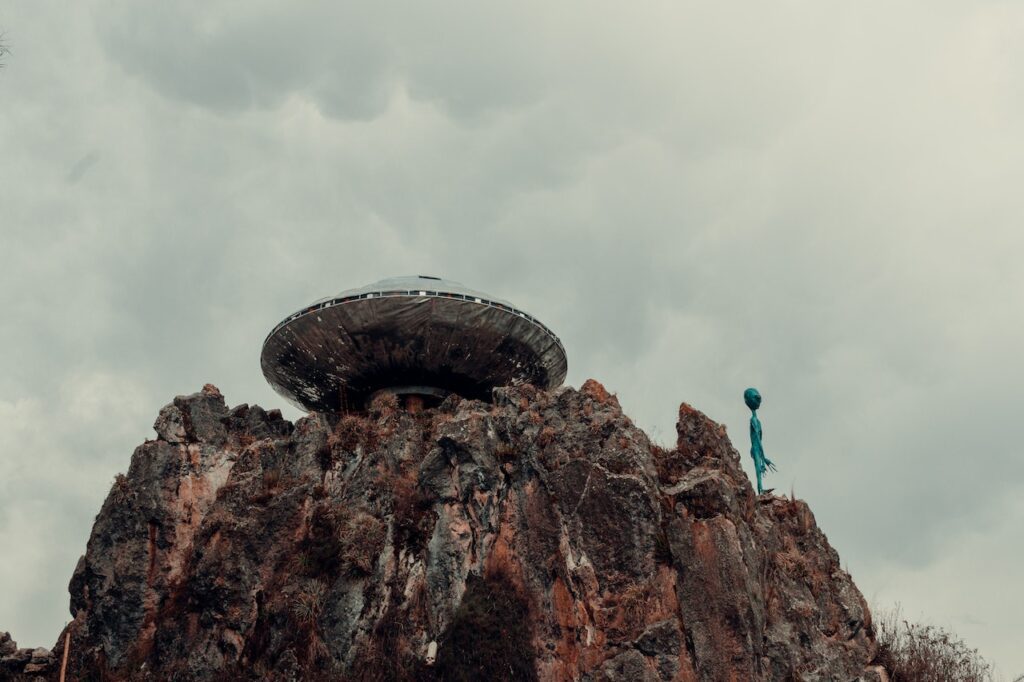
“These results mean that we may be able to find a lifeform from another planet, another biosphere, even if it is very different from the life we know on Earth,” said Robert Hazen, a co-lead author of the study and an astrobiologist at the Carnegie Institution for Science in Washington, D.C.
“And, if we do find signs of life elsewhere, we can tell if life on Earth and other planets derived from a common or different origin. Put another way, the method should be able to detect alien biochemistries, as well as Earth life,” he continued. “That is a big deal because it’s relatively easy to spot the molecular biomarkers of Earth life, but we cannot assume that alien life will use DNA, amino acids, etc. Our method looks for patterns in molecular distributions that arise from life’s demand for ‘functional’ molecules.”
The creation of organic compounds like amino acids, which serve as the basic building blocks of proteins and are essential to life, can occur when chemicals are mixed and maintained at temperatures similar to those of the primordial seas. These building blocks have also been identified in meteors and even on a far-off asteroid.
How can we know if the objects we uncover are of biological origin or if they arose by a random accident of space chemistry? Is a straightforward question that alien hunters must address if they want to demonstrate that they have discovered life outside of Earth.
This is a difficult subject for people to solve by themselves because organic compounds usually break down over time. Therefore, the researchers started developing a machine-learning algorithm that might be of assistance.
Scientists first used pyrolysis:
In order to split a sample into gas and charcoal, the scientists first used pyrolysis, which is a technique already used on NASA spacecraft. Before the atoms of the sample’s deconstructed components are converted into data by mass spectroscopy, its components are first sorted using a process known as chromatography.
The machine-learning method differentiated between organic compounds with abiotic origins (such as lab-made amino acids) and organic compounds with recent and ancient life (such as shells, teeth, bones, coal, and amber) with 90% accuracy after being fed data from 134 carbon-rich samples of known origin.
The researchers aren’t quite certain of the complex procedures their system goes through in order to pour out its responses because AI systems are typically black-box models, seen primarily in terms of their inputs and outputs. However, they claimed it provides crucial proof that the chemistry of life adheres to distinct fundamental principles from the nonliving universe.
According to study co-lead author and chemist at the Carnegie Institution for Science Jim Cleaves, “The implications of this new research are many, but there are three big takeaways. First, at some deep level, biochemistry differs from abiotic organic chemistry; second, we can look at Mars and ancient Earth samples to tell if they were once alive; and third, it is likely this new method could distinguish alternative biospheres from those of Earth, with significant implications for future astrobiology missions.”
You might also be intersted in – Scientists rediscover human group previously thought extinct for decades: Report
